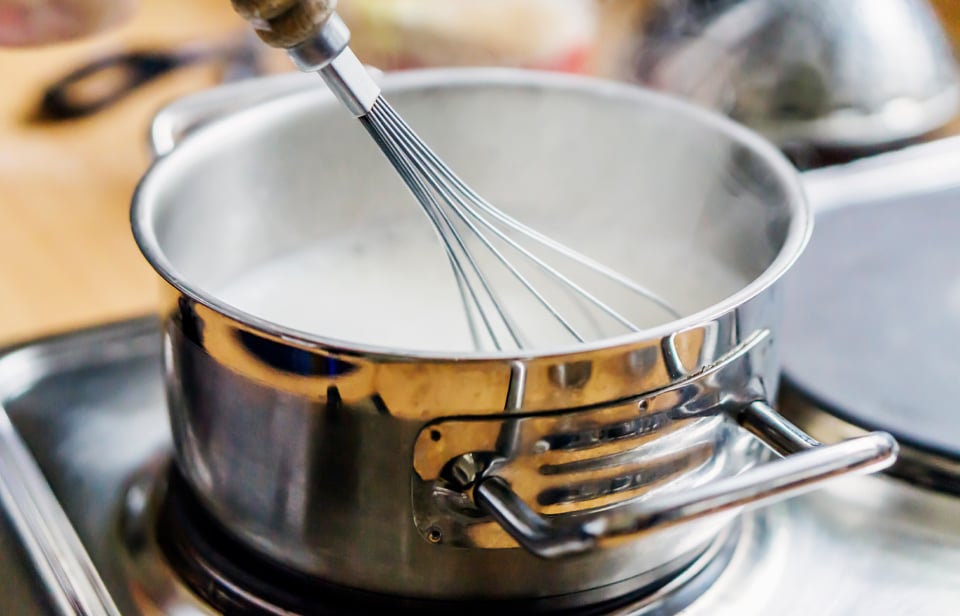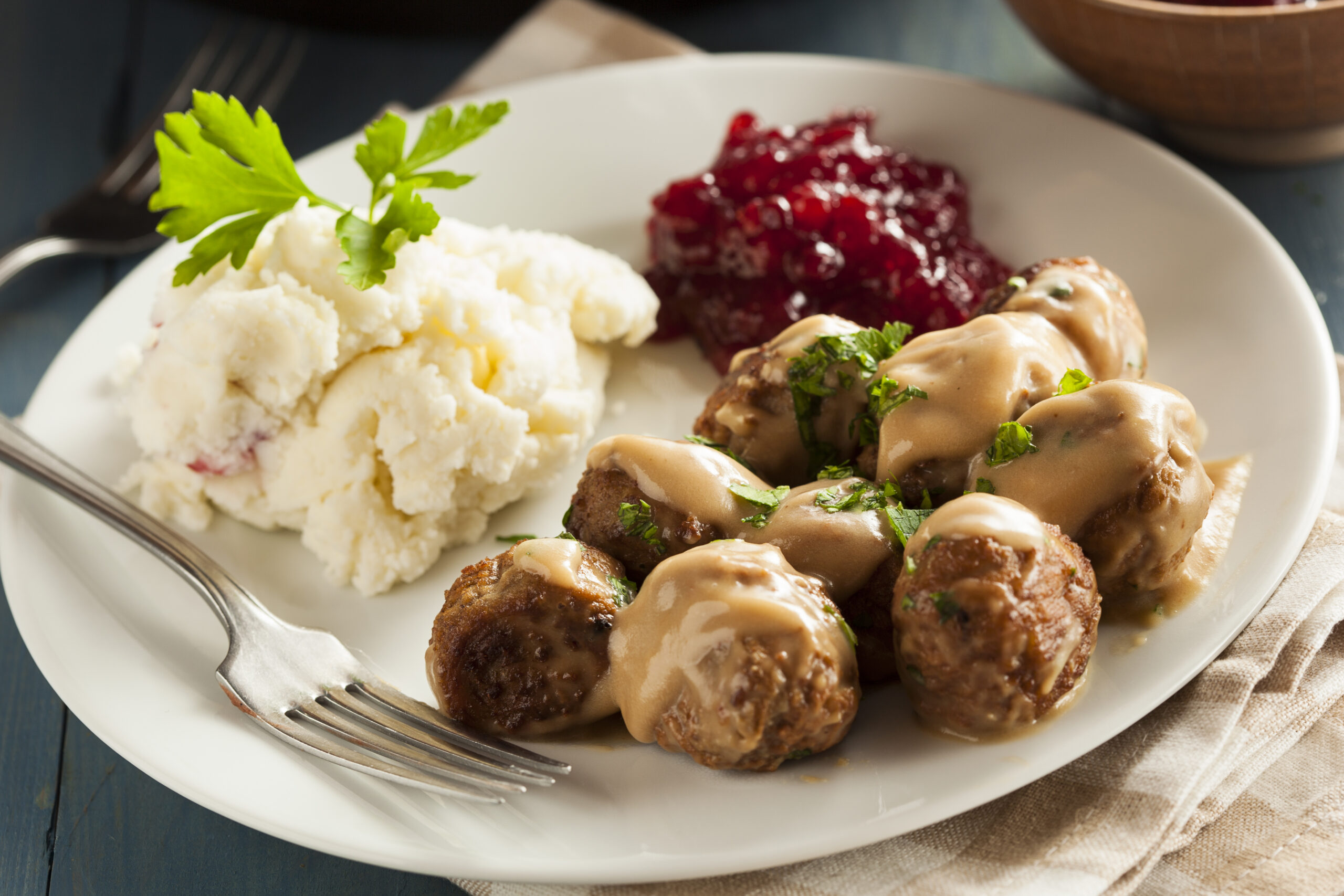Making your own cheese at home might sound intimidating at first, but it’s a centuries-old craft that is both rewarding and surprisingly doable. From simple ricotta to aged cheddar, there’s a cheese for everyone to create right in their kitchen. Whether you’re motivated by the appeal of fresh, preservative-free cheese or want to wow your friends and family with your culinary skills, homemade cheese is the answer you didn’t know your pantry needed.
This guide will walk you through everything you need to know—from understanding the key equipment to tackling advanced cheese-making techniques. Along the way, we’ll share insider tips and untangle common FAQs to ensure your cheese-making adventure is a success.
A Journey Into Homemade Cheese
Why make cheese at home?
Homemade cheese is far fresher and more customizable than anything you’ll find prepackaged at the grocery store. Plus, the process connects you to an ancient tradition carried out by artisans across the centuries. For many, making cheese becomes a creative outlet where science meets art, resulting in endless satisfaction with every bite of creamy goodness.
For the health-conscious, homemade cheese eliminates preservatives, allowing you to control every ingredient. And yes, it’s a budget-friendly option, too—especially if you use milk from local sources or your own backyard!
Essential Equipment and Ingredients
What do you need to make cheese?
Before you start, gather the necessary tools. Don’t worry, a lot of these are basic kitchen staples, so you’re already halfway there!
Equipment
- Heavy-bottomed pot: Prevents milk from scorching.
- Thermometer: Precision is key when heating milk.
- Cheesecloth or butter muslin: Essential for draining curds.
- Molds and presses: Needed for shaping and pressing cheeses.
- Slotted spoon and ladle: To gently handle curds.
Ingredients
- Milk: Whole milk works best, whether cow, goat, or sheep. Raw milk adds complexity, but pasteurized milk works great for beginners.
- Rennet: This essential enzyme helps coagulate milk into curds.
- Cultures: Adds flavor and texture by introducing beneficial bacteria.
- Salt: Enhances flavor and acts as a natural preservative.
- Add-ins: Fresh herbs, garlic, or spices for creative variations.
Pro tip: Invest in high-quality milk wherever possible. The better your milk, the tastier the final cheese!
The Basic Cheese Making Process
Step-by-step guide to ricotta or paneer
Start with quick and forgiving cheeses like ricotta or paneer. These beginner-friendly options don’t require aging and can be ready to eat in under an hour!
- Heat the milk

Pour milk into a heavy-bottomed pot and gently heat it until it reaches 185–190°F. Stir continuously to avoid scorching.
- Add acid

Add lemon juice or vinegar (about 2 tablespoons per quart of milk). Stir slowly and watch as curds begin to form!
- Drain the whey

Line a colander or strainer with cheesecloth. Pour the curds and whey mixture through it, letting the whey drain out completely. You might need to tie the cheesecloth into a bundle and hang it for firmer cheese.
- Season it
Add salt, herbs, or spices for flavor. For paneer, press the cheese under a weight for 1–2 hours to create a firm block.
Voilà! Your creamy ricotta or paneer is ready to enjoy. Spread it on toast, stuff it in ravioli, or snack on it solo!
Troubleshooting common problems
- Curds not forming? Check the milk temperature or try a different acid.
- Rubbery results? Reduce cooking time or lower the heat next time.
Exploring Types of Homemade Cheese
Soft cheeses
- Ricotta: Creamy, spreadable, and beginner-friendly.
- Mozzarella: Stretchy, slightly tangy, and perfect for pizzas.
- Feta: Brined and crumbly, feta is ideal for salads.
- Chevre: Spreadable goat cheese with a tangy kick.
Semi-hard cheeses
- Monterey Jack: Mild and creamy, melts perfectly for nachos.
- Colby: Milder version of cheddar with a softer texture.
Hard cheeses
- Cheddar: Sharp, nutty, and perfect for aging.
- Parmesan: Aged for complex flavors, great as grated topping.
Aging tip
The longer you age a cheese, the sharper and more robust the flavor. Temperature-controlled conditions are key for hard cheeses like cheddar and Parmesan.
Adding Flavors and Advanced Techniques
Make your cheese unique
Personalize your cheese by blending in fresh herbs, roasted garlic, or a pinch of chili flakes. For a rich Smokey flavor, try experimenting with natural cold smoke during the aging process.
Using molds
Once you’re confident, venture into the exciting world of mold-ripened cheeses (think brie or blue cheese). Specific molds add distinctive flavors and textures, but ensure your equipment is well-sanitized to avoid unwanted bacteria.
Storage tips
Keep fresh cheeses in airtight containers in the fridge. Aged cheeses need to “breathe” and should be wrapped in wax paper or cheese paper.
Common Questions Answered
Why did my curds turn rubbery?
Rubbery curds are often due to overheating or cooking for too long. Keep a close eye on your thermometer!
Can I use ultra-pasteurized milk?
Avoid ultra-pasteurized milk, as the high heat alters its protein structure, making it unsuitable for cheese making.
How long does homemade cheese last?
Soft cheeses typically last up to a week in the fridge, while hard cheeses can last several months if stored properly.
People Also Ask
Can you make cheese without rennet?
Yes! For ricotta or paneer, you can use acids like lemon juice or vinegar instead.
Where can I buy cheese making supplies?
Specialty stores often carry rennet, cultures, and cheesecloth. Online retailers like Amazon or cheese supply shops are also excellent options.
What’s the easiest cheese to make for beginners?
Ricotta or paneer is the simplest, as it involves just heating and straining milk without aging or complex steps.
Experiment With Homemade Cheese Today
Cheese making is as much about the process as it is about the product. With the right tools, high-quality milk, and a sense of adventure, you’ll discover a world of flavors and textures you can create in your own kitchen.
Whether it’s smooth ricotta on a crisp baguette or a savory cheddar block perfected over months, homemade cheese promises a rewarding culinary experience.
Get started today and savor the joy of crafting artisanal cheese. You might even find your next favorite hobby along the way!





